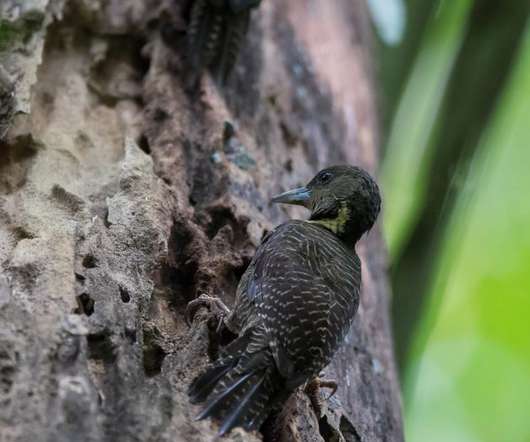Not enough Woodpeckers
10,000 Birds
JUNE 20, 2022
The Buff-necked Woodpecker (Taman Negara, Malaysia) is classified as Near Threatened, with the usual rationale of “habitat loss” (which sounds nicer than “evil humans destroying anything that does not immediately bring in money). The Ground Woodpecker (Drakensberg, South Africa) is listed as Near Threatened.















Let's personalize your content